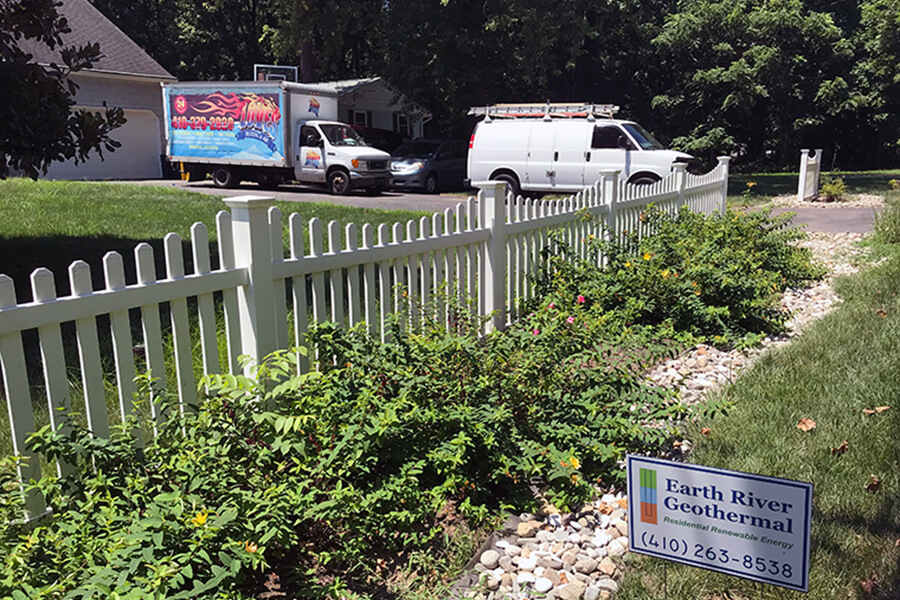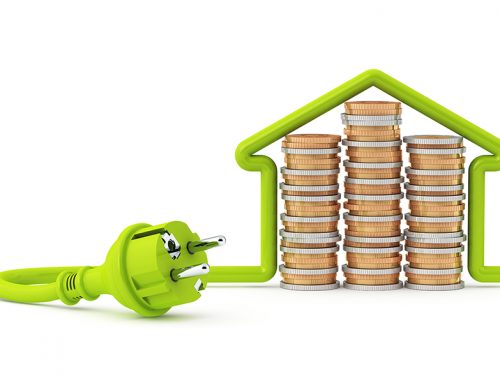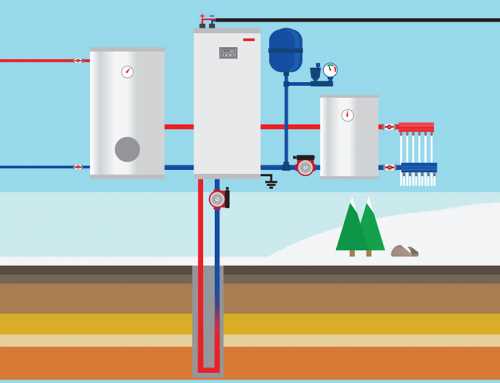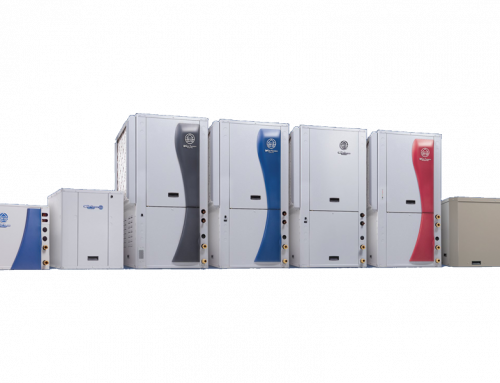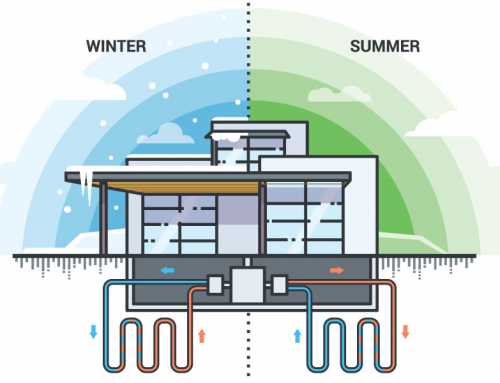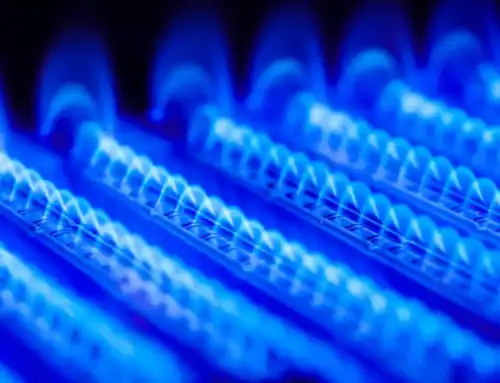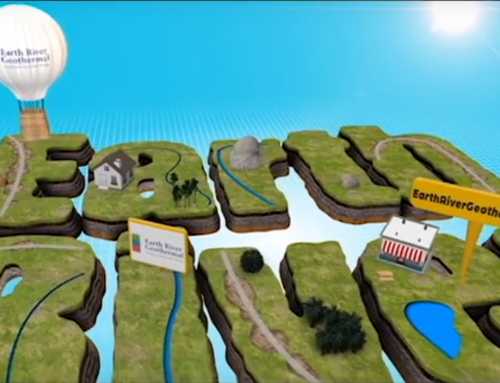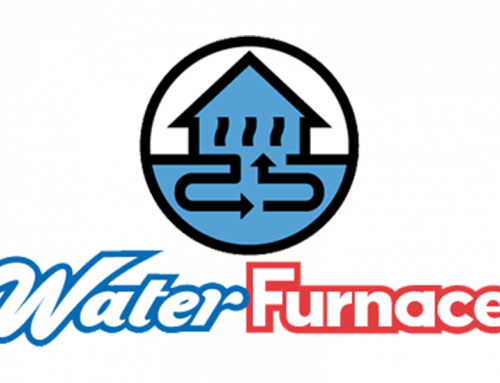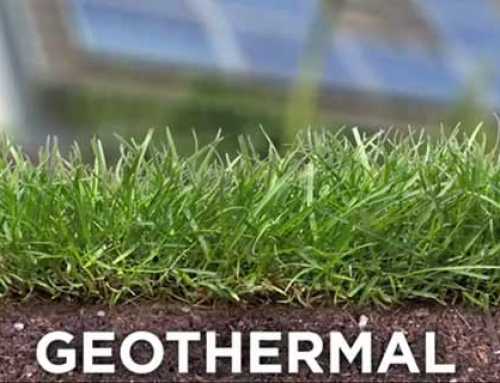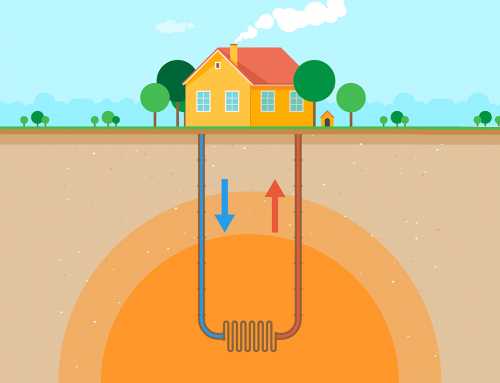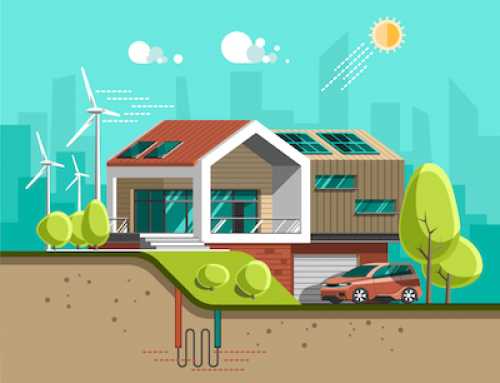Presently, the Earth has an overwhelming amount of energy. Geothermal heat pump technology harnesses this energy to provide an incredible, efficient, and reliable heating and cooling in both commercial and residential buildings.
This technology is very beneficial to HVAC contractors as it enables them to provide an environmentally friendly, high-tech technology for their customers. This technology is also very beneficial to the customers because it helps in reducing their utility costs. And being environmental friendly makes it beneficial to the environment – everybody wins.
Geothermal heat pump technology offers the most effective way possible of heating and cooling a building. Currently, this technology can efficiently satisfy the thermal load of a building. However, the technology is not relenting on its achievement as it is still poised for improvement and growth. Latest equipment arriving at the market is hyper-efficient – its coefficients of performance (COP) is higher than 5, and its energy efficiency ratios (EERs) is above 40.
Aside from its benefits to contractors and their customers, the geothermal industry will create thousands of jobs across the United States of America. The installation of the geothermal heat pump requires skilled labor, experience in both drilling wells, drilling rigs and geothermal HVAC systems; the servicing of drilling rigs; grout manufacturers, pipe manufacturers, etc. and, and geothermal HVAC system manufacturing jobs.
Geothermal heat pump challenges and solutions
The Geothermal Heat Pump is a relatively new super-efficient technology which is set for growth and widespread adoption. HVAC contractors are, therefore, encouraged to follow the lead and get involved within the industry. Due to its nascence, there are some challenges that are misconceived as obstacles to geothermal heat pump technology. These challenges, which can be overcome easily, include:
- Most people are not aware of the geothermal technology: most of the people who would be prospective customers are neither aware of the technology yet nor its benefits. However, this challenge can be handled by HVAC contractors, who are first encouraged to get involved with the industry, then act as an intermediary to create customer’s awareness. They will build a network for the technology nationwide and subsequently generate a larger market — as the network grows larger, the market grows.
- The geothermal systems have high set-up cost: setting up the technology first requires a high cost. However, after the customer purchases the technology, they receive a 30 percent federal income tax credit as well as significant monthly savings on energy costs stemming from heating and cooling their property. Moreover, counties such as Anne Arundel county provide property tax credits and the state of Maryland provides geothermal grants which further offset the system’s cost.
- Installing a geothermal heat system requires highly-trained personnel. Only a well-trained and skilled labor force can install a geothermal heating and cooling system. Thus, the industry has taken a big step towards improving the training and providing certification of dealers/contractors to ensure that they can handle the complexities of designing and installing geothermal HVAC systems.
- Most lenders do not value energy-saving technology: this has been addressed at the federal level. The S. 1737 bill has been introduced and it would require mortgage-lending firms to include the energy-savings of a building into their loan analysis.
The geothermal heat pump is the most energy efficient method of heating and cooling one’s property. We encourage you to spread the word about this renewable energy resource to help us pave the way toward a greener future!

